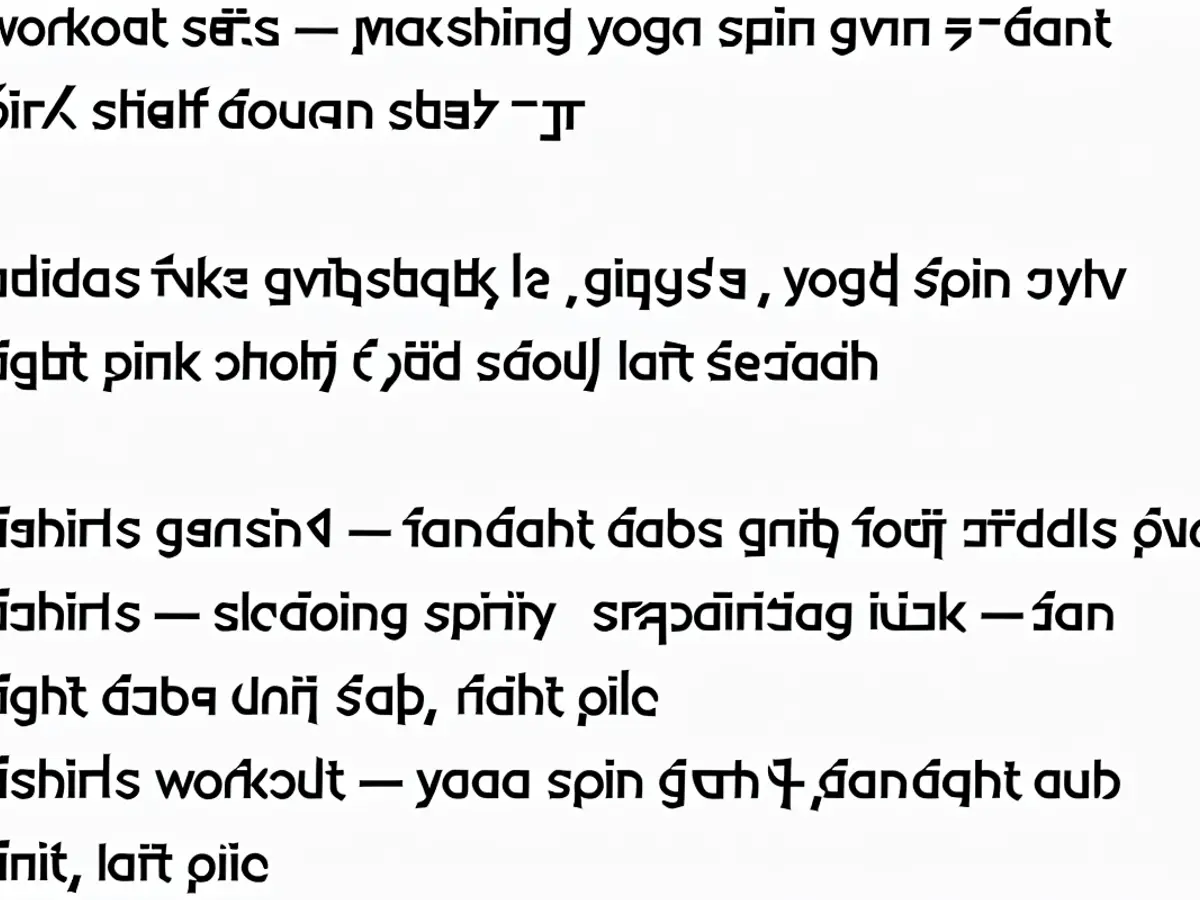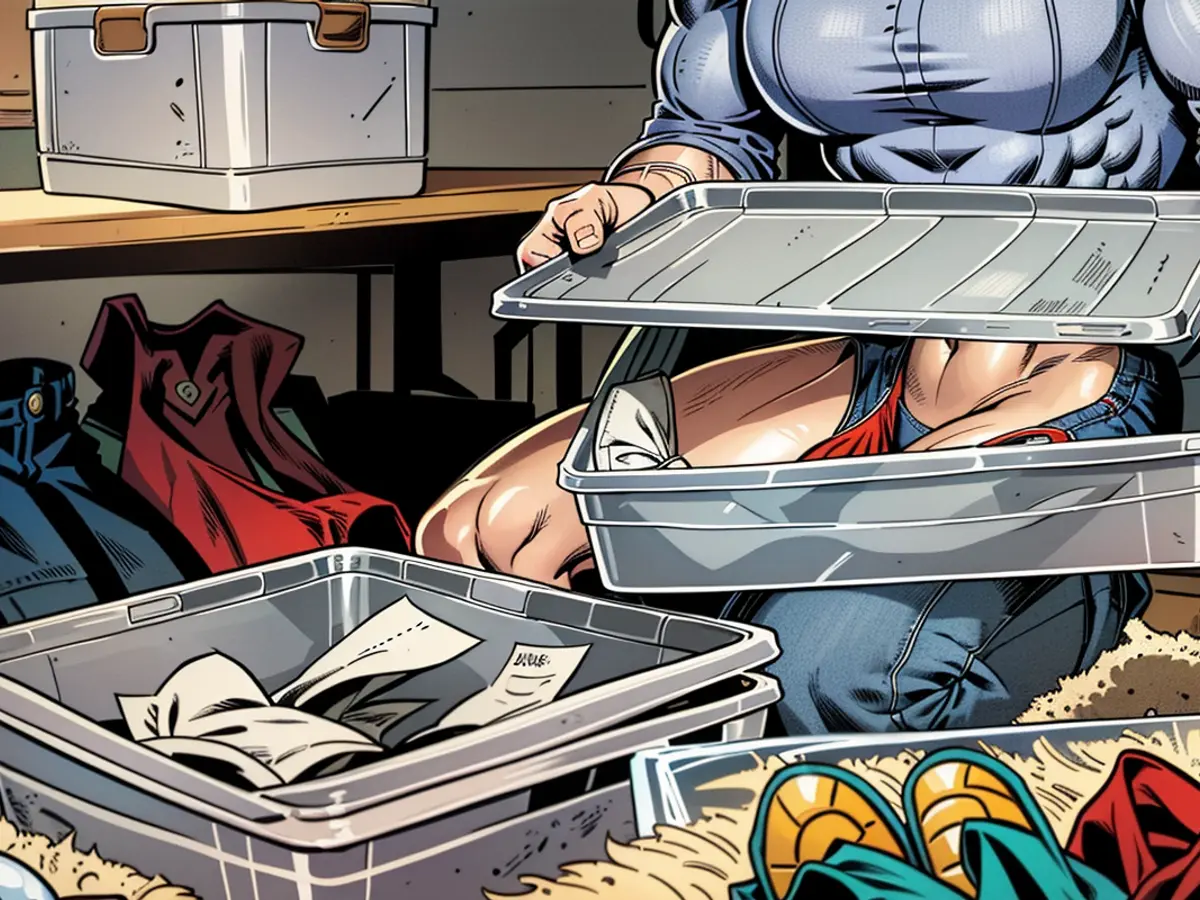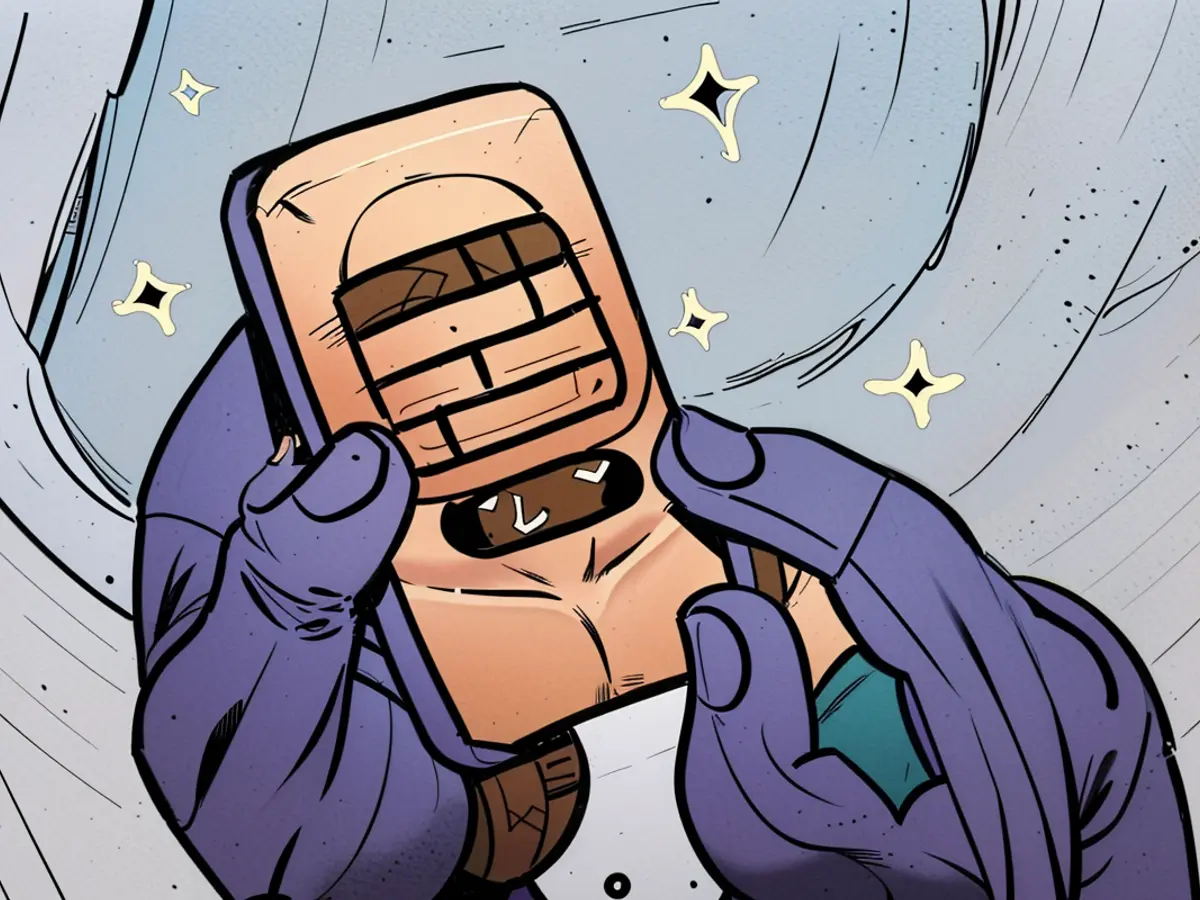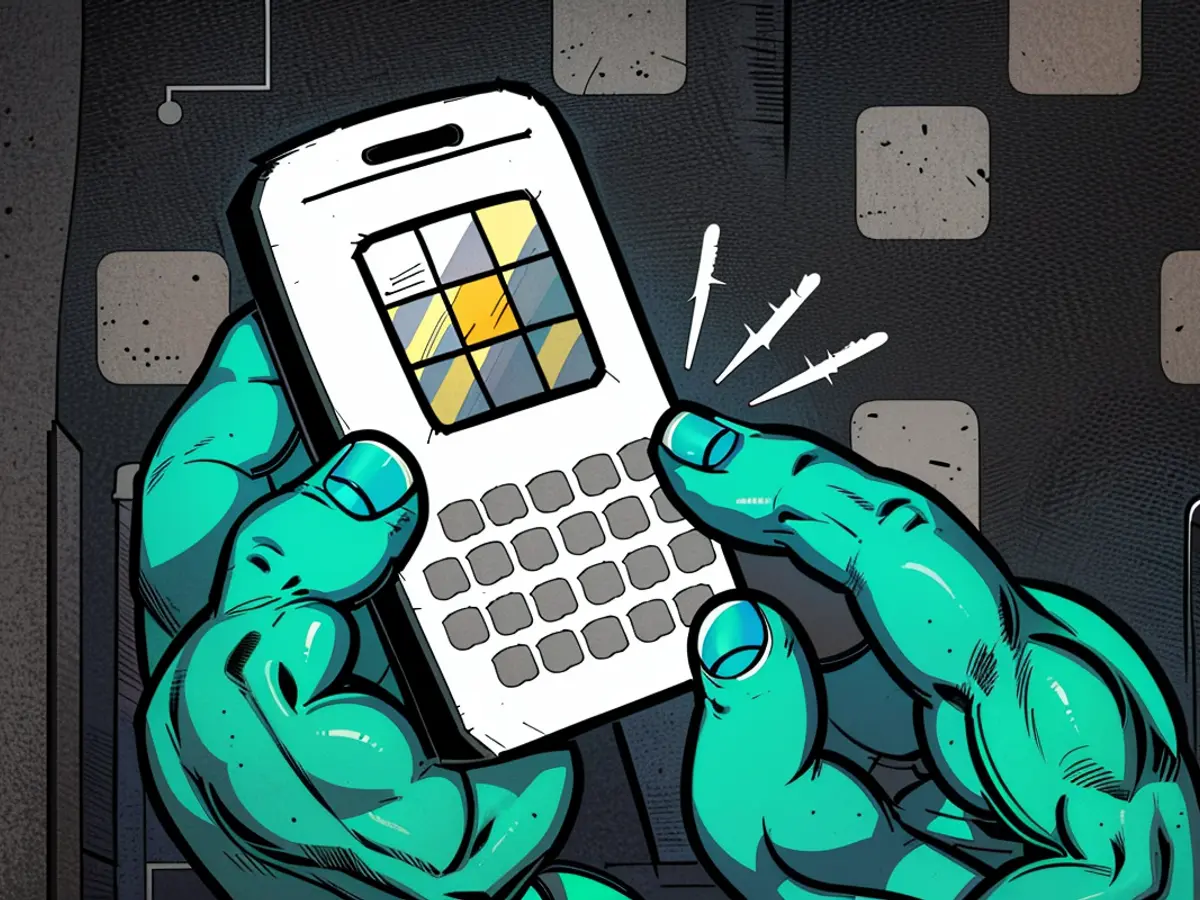Unraveling the Closet Chaos through Employing a Digital Inventory Methodology
Listen up, I'm about to suggest something that might sound like a chore. It sure is a chore, but stick with me: You should create a real-life inventory of your closet. There are plenty of terrific strategies out there for organizing closets (or cabinets, drawers, rooms, or any other space), but they usually rely on a few basic principles that might make finding stuff in your tidied-up storage space a bit of a challenge.
Generally, when you organize, you'll need to use bins to keep similar items together and ensure they each have a designated spot. But what happens when you can't remember which bin something is in? You end up rummaging through them all, making a mess.
So, create an inventory. It'll take some time, but it's worth it. I did it with my clothes and accessories a few weeks back and it's been surprisingly beneficial.
How to create your inventory
I used the Notes app on my phone since it has a built-in search function. You could make an entire spreadsheet in Excel or Google Sheets, but a note does the trick.
I did this gradually, pulling out sections of clothes and accessories and using decluttering methods to reduce what I had. The project was helpful as well because it gave me an excuse to sit down and go through my stuff, getting rid of things that no longer fit, weren't in style, or didn't excite me anymore. I already had an organizational system in place, using tiered hangers and cube shelving units to categorize my clothes into very specific groups, so I just went category by category. If you don't have a similar system in place, set one up first. The goal is to be as specific as possible. Tank tops, shirts, leggings, and joggers can (and should) each have their own specific spot.
Once I had decluttered a bit, I put the categorized items back in their designated spots, but I took extra time to add details into the note on my phone. I listed each item, along with its location and some searchable words. Here's how one section of the note looks. These are all items of clothing that are similar, but stored very differently according to my organization system.
Bank tops, blouses, leggings, and sweatpants all have their own designated spot. If something is in a specific cube or drawer, it can be tough to find it without knowing where it is. That's where the inventory comes in handy. I could search for specific words, like "gym," and get an outline of everything I needed and where it was.
What I learned creating the inventory
This is more useful for the things I keep stored in containers or bags than it is for things that are easily visible on a shelf, although it's still useful for those, too. I might be able to glance at a shelf and determine if something I want is on it, but many of the cube shelves I use have little boxes in them to keep them from looking too cluttered from the outside. Using a system where I searched for specific keywords, figured out which box or drawer something was in, and didn't have to open and rummage through a bunch of other things was helpful. It was also convenient to be able to search keywords, like "gym," and get an outline of everything I needed and where it was.
The past month was just a test run for me. Since I decided I like this system, I'm going to get more detailed. Instead of just "spaghetti strap tank tops — camisole undershirt summer hot layer — left pink shelving unit, top shelf, far left," I'm going to start adding the items individually. The white tank top I wear when I'm trying for a "clean girl" aesthetic is stored in a different area of that shelf than the Champion tank tops I run errands in, so they should be listed more specifically to avoid tearing apart a pile of clothes in vain.
I also plan to start doing this for every container in my home. I have no less than 20 drawers in my tiny apartment and I'll be honest: I don't always know which one contains which thing, from my spare bottle opener to the molds I use when I get the annual urge to make my own gummy bears. The upside of using containers to store everything is it all looks polished from the outside. The downside is that what goes on within them is sometimes far from polished. Anything you store away but don't use often, like tools or specialty charging cables, runs the risk of being forgotten. When you need it, no matter how sporadically that is, it's not easy to remember which little container it's in. Creating an inventory takes some time, but it eliminates hassles later on.
After organizing my closet using tiered hangers and cube shelving units, I found it beneficial to create an inventory of my items in the Notes app on my phone. This allowed me to list each item, along with its location and some searchable words, such as "gym" for workout clothing. Creating an inventory not only helped me find specific items quickly, but I also plan to extend this system to other containers in my home, like drawers and storage bins, to avoid forgetting where items are kept.









